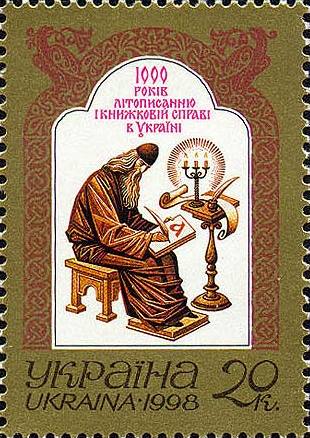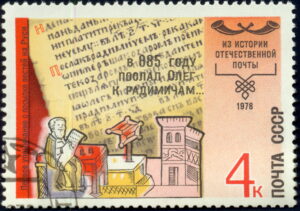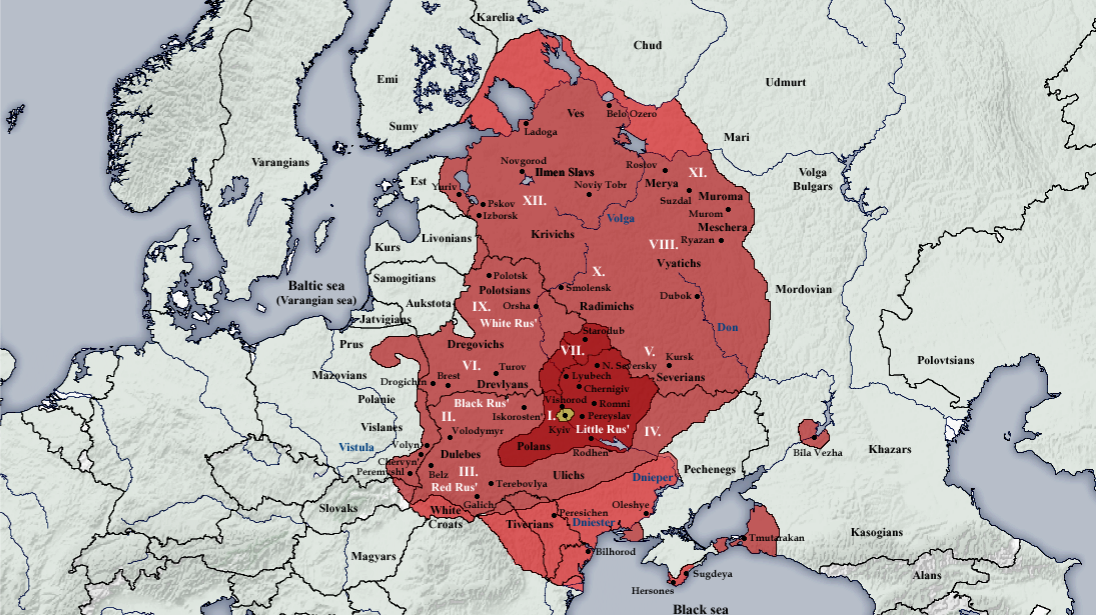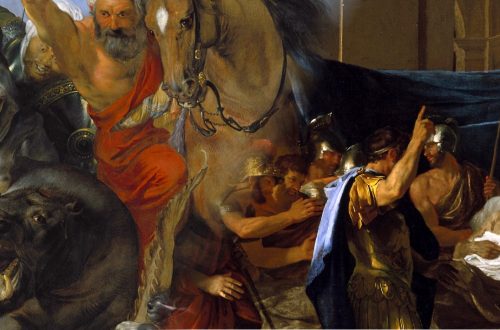Editorial Quick Take
Three days before he launched the Russian invasion on Ukraine on February 24, Vladimir Putin delivered a speech that might have sounded to some like a bit of a rambling history lesson, reaching before the Bolsheviks all the way to the present time, with the aim of justifying the war waged on Ukraine here and now in 2022. In it he said, among other things:
“Since time immemorial, the people living in the southwest of what has historically been Russian land have called themselves Russians and Orthodox Christians. This was the case before the 17th century, when a portion of this territory rejoined the Russian state, and after.”
He went on to claim that the modern state of Ukraine was created by Russia during what Putin himself perceives to be missteps by the Bolsheviks after the 1917 revolution. He lays much of the blame at Lenin’s feet who he says ended up “severing what is historically Russian land” (roughly the territory of Ukraine) and “nobody asked the millions of people living there what they thought.” Later, he explains that Lenin and Stalin incorporated Ukraine into the USSR in a way that still granted them too much independence as a state, which gave Ukrainians vaunted and false ambitions as a country in the long run, once the Soviet Union fell.
Regardless of current geopolitical justifications, what does he mean by citing ‘historically Russian’ land?

What Putin probably means by the lands which from “time immemorial” and “before the 17th century” have been “Russian” is the vast state of Kievan Rus, the largest single political entity in medieval Europe. Its territories stretched from the Baltic and White Seas in the north, all the way down to the Black Sea in the south, from about 879 to 1240 CE.
The name contains “Kiev” and “Rus” which later, of course, creates the monikers for both the medieval modern-day capital of this region and also the words “Russian” and “Belarus.” But who were the people who conquered and ruled here? Where were they from originally? The answers to these questions, it turns out, present massive implications for interpretation of history, which plays into world events, running right up until the war of 2022. As it happens, it all boils down to the origin of that one tiny word, ‘Rus’ and the historical account of a medieval monk.

A Russian monk named Nestor from the 12th century wrote down a history of his people which is known as the Russian Primary Chronicle. In it, he claims that the Rus are Norsemen (also known as Varangians, or Swedes), who came to settle the area and assimilated into the local Slavic and other cultures. Modern scholars who adhere to this view came to be known as “Normanists” (Normans being yet another term for those Swedes). Besides the credence they give to the medieval monk’s account they also point to the word Rus, or Ros which looks like the Proto-Finnic name Ruotsi for Sweden (people who row, as in, around those fjords). Perhaps unsurprisingly, this view is generally held by Germans and Scandinavians.
On the other side are the “Anti-Normanists” who vigorously oppose this theory, usually Soviets (in their era), Russians, Ukrainians and Poles. According to this view, the Rus are Baltic-Slav, Lithuanian or Gothic in origin. The main proponents also use etymological studies to trace the word back to a variety of possible origins, including the names of rivers near Kiev (Ros), or the term Roxalani, a people group from near Romania, or even Ros, meaning red-headed. Their main contention with the Normanists is that they are not “scientific” enough. Some archeologists are countering this argument with their own science, comparing finds in Scandinavia with those in Ukraine.

Both Ukrainians and Russians trace their historical origins back to the Kievan Rus. The postage stamps featured above are just two examples of how Russia and Ukraine have each adopted the story of “Nestor the Chronicler” into their sense of patriotism: the USSR’s stamp appearing in 1978, and Ukraine’s appearing in 1998, 20 years later. The origin of the Rus has been, and continues to be, a key touchstone for modern national identity for both of these countries. For Ukrainians and Russians both, it matters whether their ancestors were Viking invaders or Slavs closer to home, whether they believe the word of a medieval monk or modern scholars. As the popularity of genealogical tests and TV series like Finding Your Roots demonstrate, we all take our origins extremely seriously when developing our own sense of who we are. Moreover, how we tell our origin story is not only important on a personal level, but also a national level. When these narratives are scaled up to the size of a country, it’s a powerful unifying force – for good or for ill.
Header image: Principalities of Kievan Rus via Wikimedia Commons






9 Comments
Cathy Adams
Excellent historical explanation of a complicated issue. Thanks for writing this enlightening piece.
Mikko Vuorinen
It is NOT a coincident, that MANY many ukrainians have blonde hair and blue or green eyes – very Atypical to the people of the surrounding area – that are upmost characteristical to the finns, swedes and norwegians.
When scandinavian people started to civilize the area, no one whatsoever had NEVER heard anythin about the submercible swamp/deserted grim forest area of which was centuries later called “moskva”
//
Mikko Vuorinen
This map helps to realize what I ment:
https://i.imgur.com/5tOGYjX.png
Marge Connolly
Ukraine’s story is complicated for sure, and not just because of competing origin stories.
If Mr. Putin had gone back a little further in history in his Feb. 21st speech, he would have had to speak of Ukraine’s four hundred years as part of the Polish-Lithuanian Commonwealth and how portions of Ukraine “rejoined the Russian state” only because they were handed over by the Commonwealth in 1667.
Readers interested in learning more about Ukraine’s history could read this post on the London School of Economics’ blog:
https://blogs.lse.ac.uk/lseih/2020/07/01/there-is-no-ukraine-fact-checking-the-kremlins-version-of-ukrainian-history/
Watching events unfold, I am reminded of Hegel’s claim that the slaughter bench is a necessary component of historic change.
Abbey von Gohren
Yes, Marge! Thank you for providing this additional piece of their history. Very sobering indeed.
robert balaj
But that was the “western side of Dineper river” territory. East was Russia and SE tatar tribes for quite some time.
Pingback:
Emily Levine
A really great opportunity to learn about the the Kievan Rus:
The brilliant scholar of the area, Timothy Snyder (Bloodlands, The Road to Unfreedom, Black Earth, etc.) is streaming his current Yale class The Making of Modern Ukraine.
You can find it on YouTube.
Marla Canady
Very informative. Just enough information to make you want to delve a little deeper.